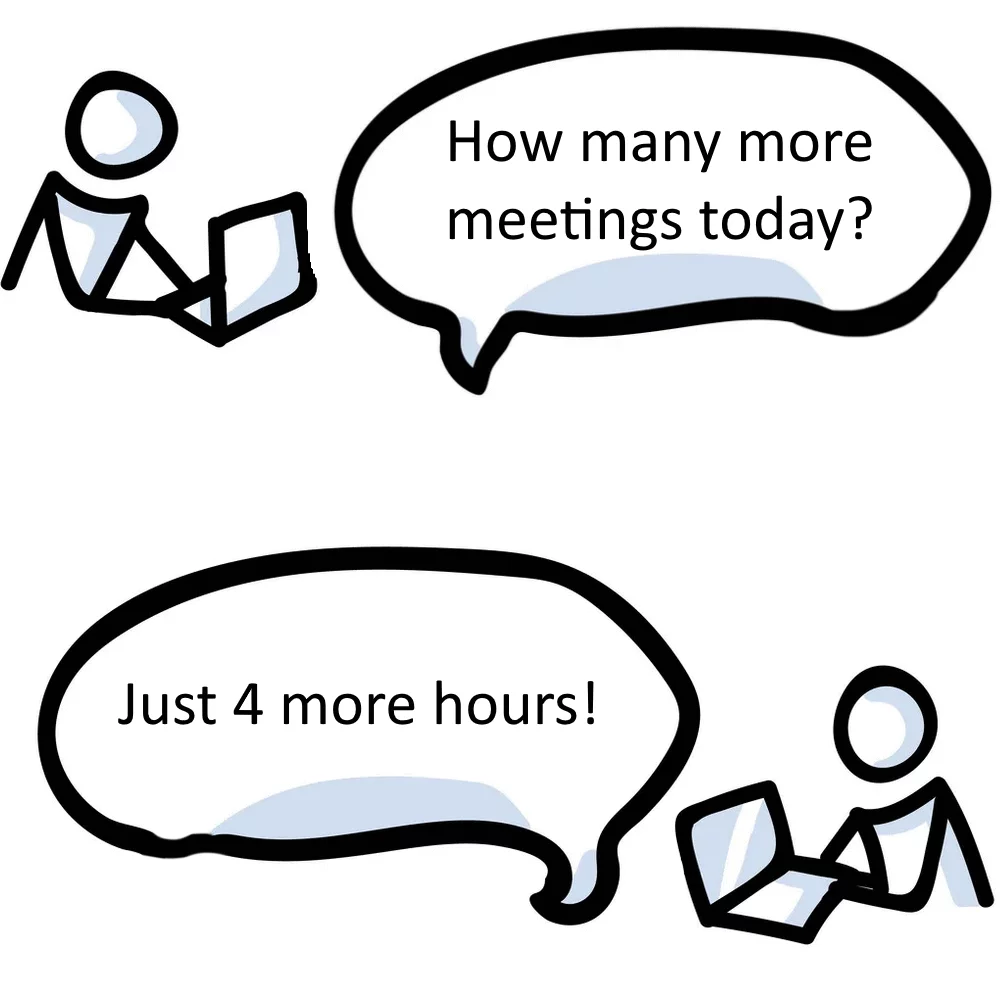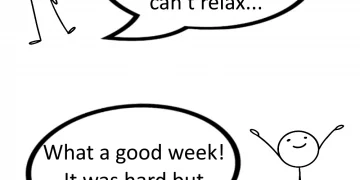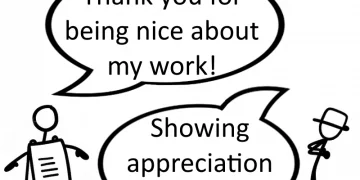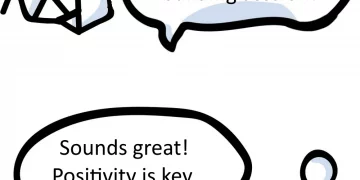
Resilience: Preventing Zoom Burnout
Zoom burnout or fatigue is a real problem and it’s not going away.
Many companies are now moving to long-term WFH (work from home) arrangements.
This makes managing it proactively to avoid stress and burnout even more important.
Learning how to deal with multiple long video calls is now a key part of a workplace resilience strategy – which we cover in our resilience courses!
Signs and Symptoms of Burnout
How do you know when you are experiencing burnout?
The most common signs of burnout include:
- A lack of interest in work activities due to tiredness. Avoiding work can be a clear sign of burnout.
- Becoming easily agitated and struggling to recall key information because you are stressed. This may also manifest itself as an exaggerated stress response at the sound of work notifications and the like.
- Suffering multiple minor (usually) health conditions at random, often including random muscle pain and insomnia.
- Feeling overwhelmed most or all of the time. If you are unable to keep up with your work or your output becomes substantially poorer despite long hours, this may be a sign of burnout.

Steps To Prevent Zoom Burnout
Preventing burnout is a key part of learning to be more resilient at work.
1. Time Management
Proper time management will help you prevent Zoom burnout.
You need to plan your time and give yourself adequate breaks between Zoom calls, as well as limiting their overall length in a day.
Different people have different tolerances for video calls, and so you will need to figure out your threshold and then manage your time accordingly.
2. Time Away From Work
Unplugging properly from work will allow you to recharge your batteries.
The danger with WFT is that work and home life blend together. You never fully switch off from work and relax.
If you struggle with this, a good tip is making a list of the tasks you want to get done during a day.
Once you have completed those tasks, you then give yourself permission to unplug from work fully.
While you are away from work, it is always worth thinking about developing a gratitude practice. Gratitude offers a wide variety of benefits and will help you make the most of your time away from work.
3. Avoid multitasking (That Includes Calls!)
Human brains are not designed to multitask – see this article.
Your brain will works best if it concentrates on one thing at a time.
This includes video calls. One way to make video calls both more stressful and also less effective is trying to multitask during them.
It can be tempting to just quickly check your emails or similar if someone is rambling during a call.
Avoid this as much as possible. Not only will the email be poor, but you’ll actually be loading more onto your brain.
Multitasking will leave you more stressed, not less. Although you may well feel stressed and under pressure, resilient people understand that multitasking is not a good strategy for dealing with stress. You can learn more about the difference between resilience and stress here!
4. Ask For or Prepare an Agenda
Not knowing how long a meeting will go on for, or what will be discussed, makes the meeting more stressful.
It will also make the meeting less productive as people will be unprepared.
If it is your meeting, prepare an agenda. If it isn’t your meeting, ask for an agenda to be prepared in advance.
Some people lack the self-confidence to do this. However, if you are to look after yourself and keep resilient you will need to develop the self-confidence to stand up for yourself, and this is a great way to start – with something relatively small.
Agendas mean you come to the meeting prepared and also allow you to gauge progress during a meeting.
5. Schedule Breaks & Time For Overruns
Over scheduling your day will only serve to make it more stressful.
Avoid loading more stress on yourself by organising back-to-back meetings without a clear break between them.
If you have back-to-back meetings and your meeting is running late, you’ll now have the additional stress of being in a difficult position.
You need to either apologise and leaving your current meeting early, or apologise to your next meeting for joining late.
For more on resilience, check out our resilience statistics here!
Conclusion
Working from home has been great, but brings new challenges and difficulties.
This makes it important that you learn new resilience and self-care routines to manage this new way of working.
Hopefully, the tips above will help you to avoid Zoom burnout.
Everyone has to find what works best for them in their situation, but we’d suggest try the tips above as a good place to start.
Looking for more on resilience – read our article on what resilience means here!
Image Credits: Pexels


